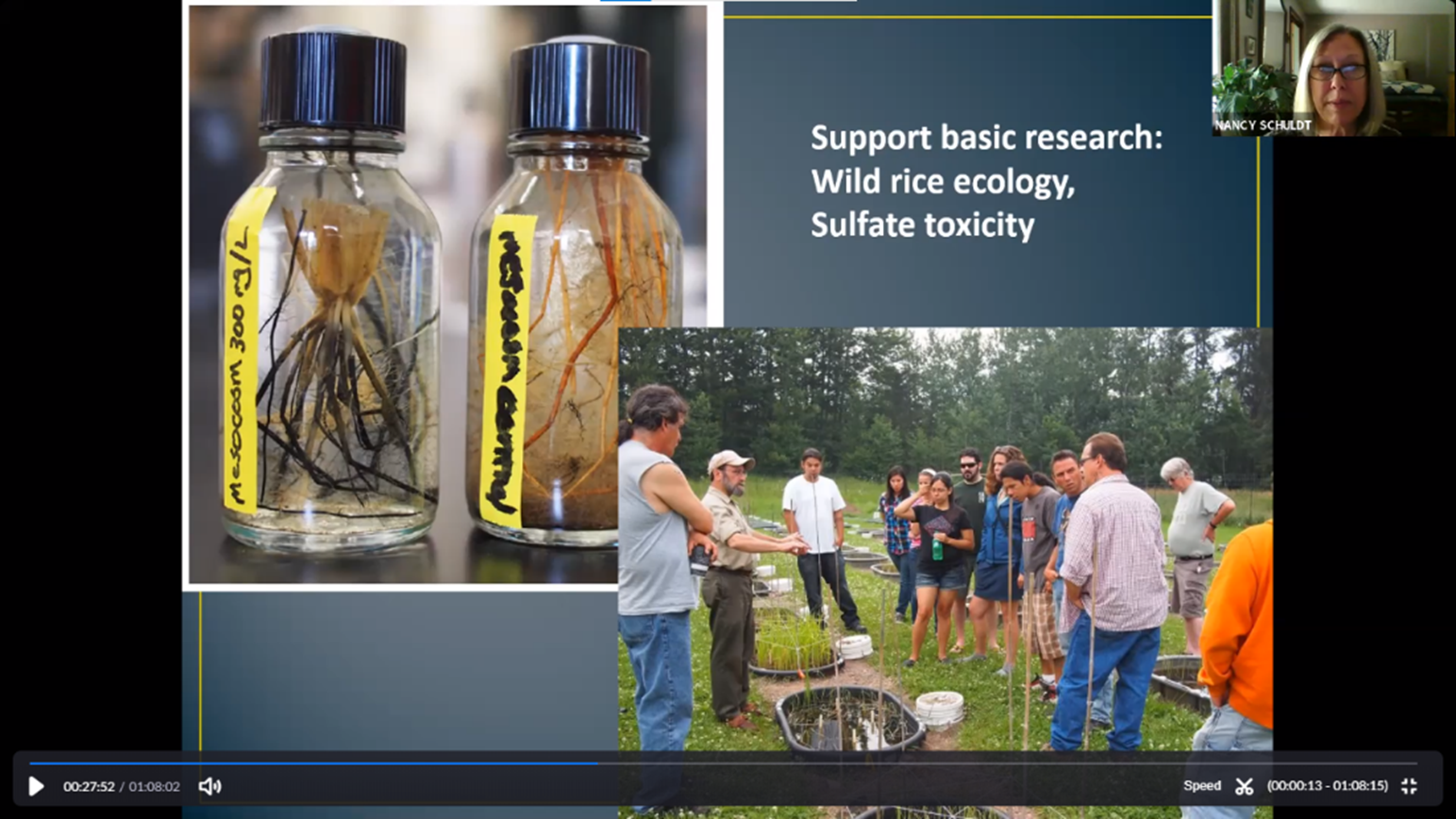
During the Meaningful State-Tribe Communication webinar – the latest installment of the EPA-funded National 303(d)/TMDL Webinar Series – relationship building emerged as a common theme from the three speakers.
Held on Sept. 29, the panelists included Bruce Jones of the Northwest Indian Fisheries Commission (NWIFC); Nancy Schuldt of the Fond Du Lac Band of Lake Superior Chippewa’s Office of Water Protection; and Elizabeth Betancourt of California’s Central Valley Regional Water Board.
BryAnna Vaughan, water quality program coordinator for the Bishop Paiute Tribe, opened the webinar with the reflection that successful communication between states and tribes can protect natural resources and strengthen tribal sovereignty.
Jones shared his experience coordinating data management with the Washington State Department of Fish and Wildlife and NWIFC member tribes for the Salmon and Steelhead Habitat Inventory and Assessment Program.
“The key as co-managers,” said Jones, “is that we need to commit ourselves to listen to each other and work collectively in efforts to evolve, adapt and change to how we manage our shared natural resources.”
When forming a cooperative approach to managing data, additional lessons learned included listening to understand, seeking clarity, and focusing on the issue at hand. Jones also facilitated the State of Our Watersheds: A Report by the Treaty Tribes in Western Washington, which includes input from 20 tribes and more than 120 tribal scientists and staff surrounding environmental indicators.
Schuldt, who has worked on water quality issues with the Fond Du Lac Band of Lake Superior Chippewa in Minnesota for many years, shared Jones’ viewpoint. She spoke on the natural and cultural significance of wild rice, and the ongoing efforts to have the Minnesota Pollution Control Agency include the grain’s impaired waters in their 303(d) lists. Schuldt emphasized that having a unified tribal voice was imperative when engaging with EPA regional managers and advocating for Clean Water Act protections.
“Coordination, consultation – both formal and informal – is really important,” said Schuldt, “but we have found our most successful outcomes through working together and speaking with one voice through a unified effort.”
Finally, Betancourt provided a state agency perspective. She shared insights from the process of developing and establishing a group of practices called “Tribal Beneficial Uses,” in collaboration with the more than 100 tribal communities in her region. Added by the State Water Board in 2017, the practices help protect activities specific to Native American cultures and their uses of California waters. These include protecting the use of water for cultural, spiritual, and ceremonial purposes, as well as subsistence fishing and other use of aquatic resources. Betancourt also spoke about the steps she’s taken to build policy support for the program at the tribal, regional, and state level.
“Developing the approach to the designation of tribal beneficial uses was particularly important for a number of reasons,” said Betancourt. “Tribes must be involved in the process, and I saw this as an opportunity to expand not only our agency capacity in working with them, but also expanding participating tribes’ capacity in working with the agency and working within a regulatory sector.”
Together, the three panelists shared their various experiences of state – tribe communication challenges and successes to advance shared water quality goals. Their combined recommendations for webinar participants who may engage in projects that include tribal and state or federal agency input are: focus on relationship building early on in the process; recognize cultural differences in communication styles and preferences; and work to build a collaborative, culturally aware approach.
Watch the webinar and check out additional 303(d)/TMDL webinars here.